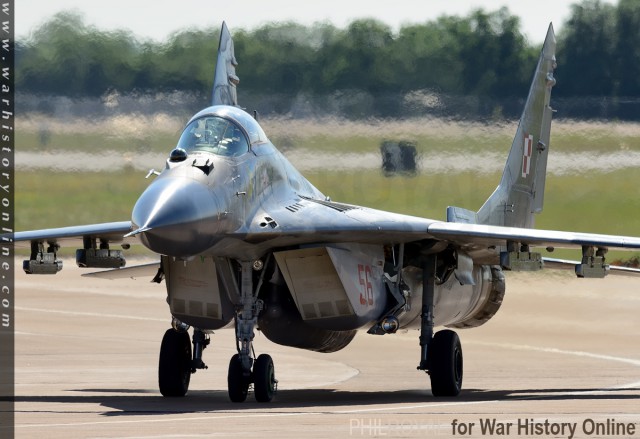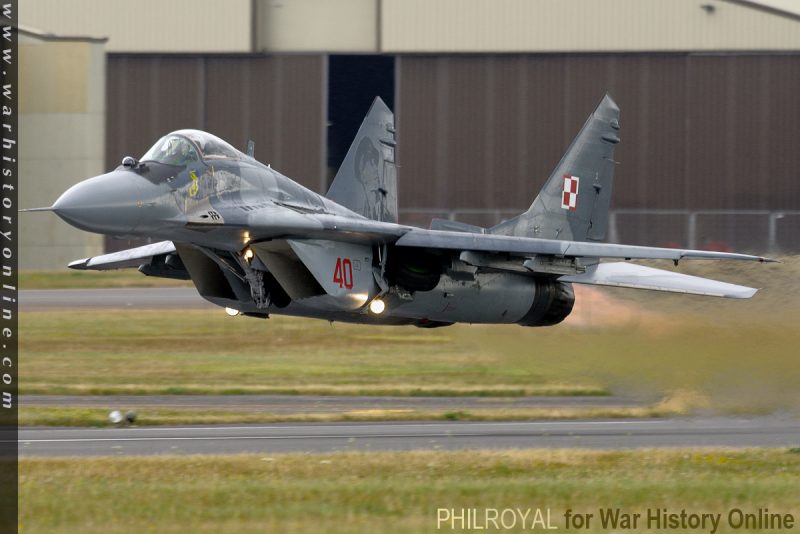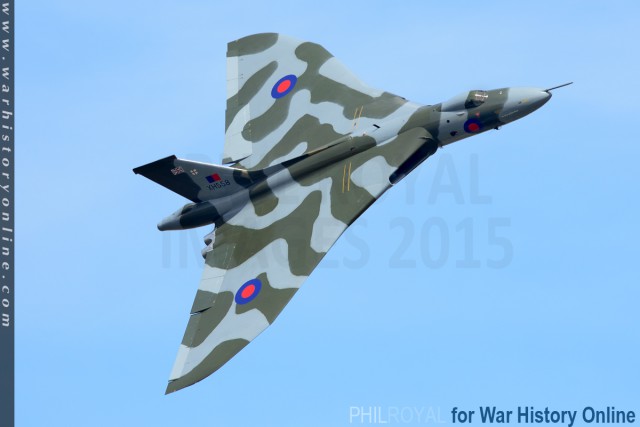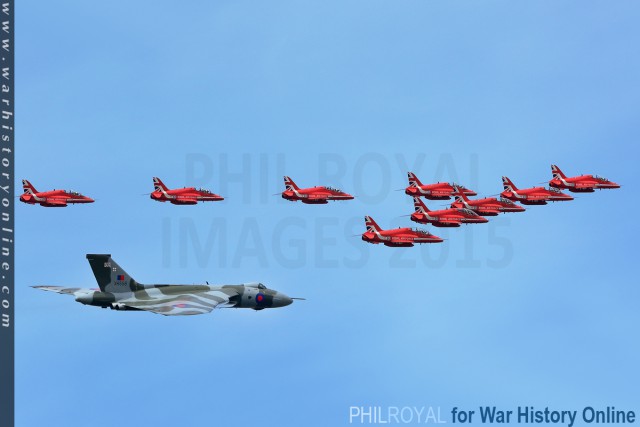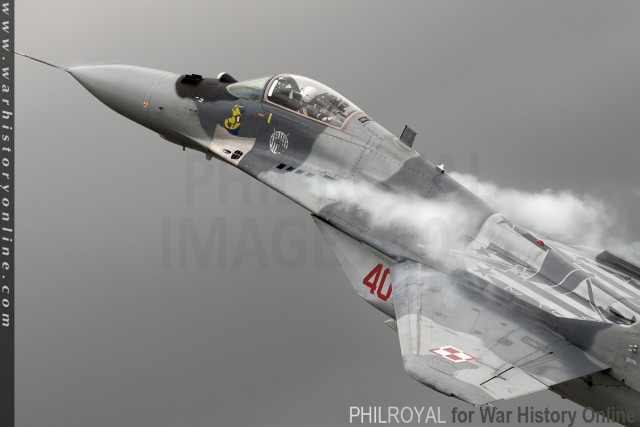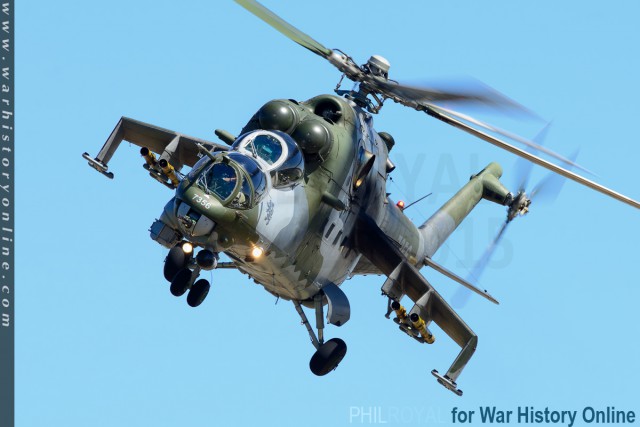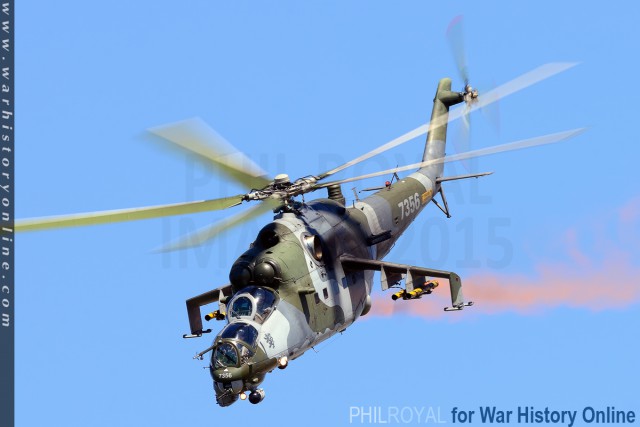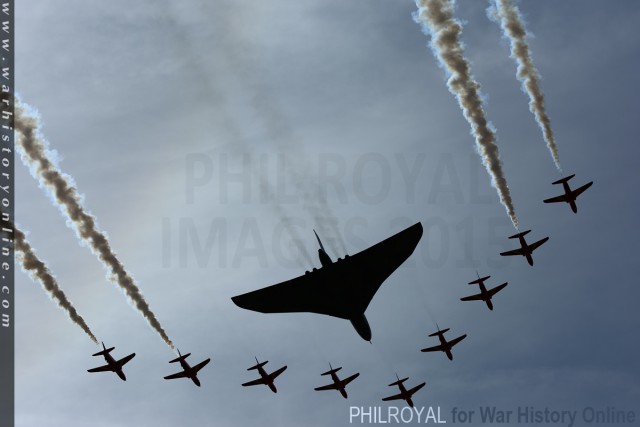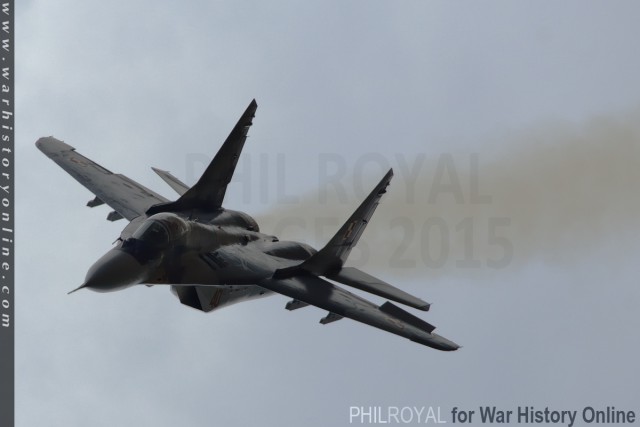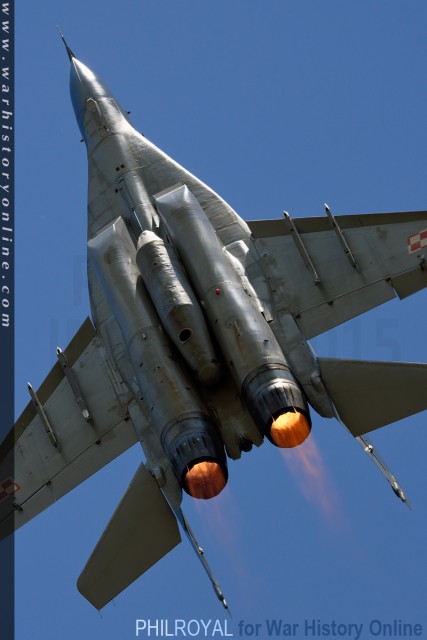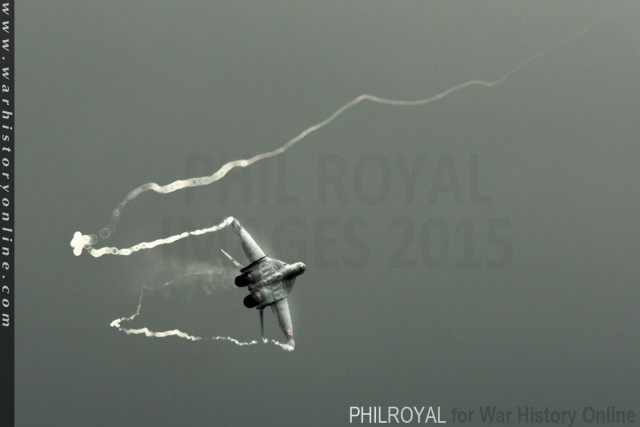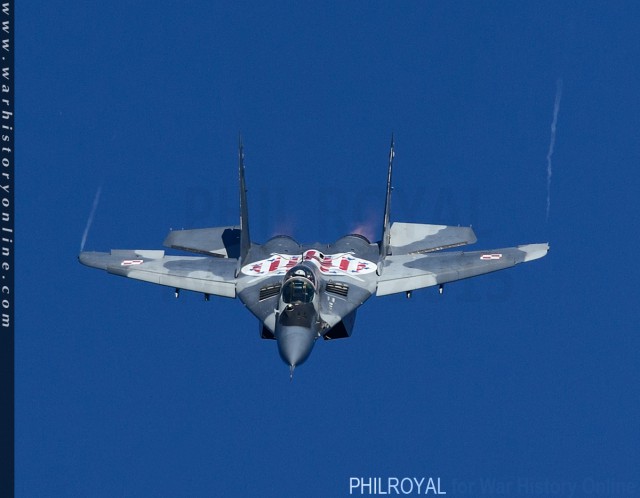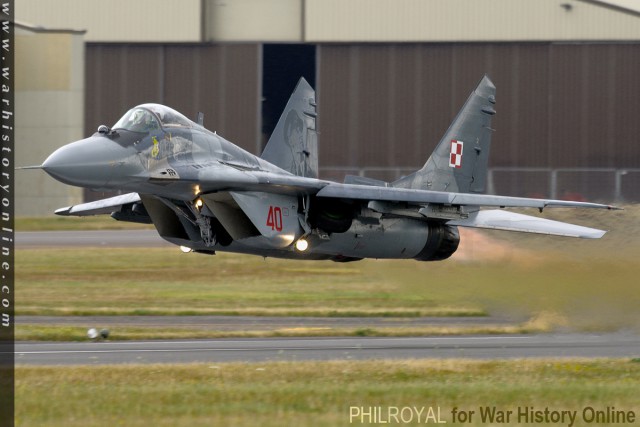As readers may be aware, the Vulcan to the Sky Trust have announced that this year will be the final flying season for Vulcan XH558. Consequently wherever she has appeared this year the public have come out en masse to see her final performances. This included the Royal International Air Tattoo (RIAT) at RAF Fairford, where both weekend show days were sold out 2 weeks prior to the event.
Much has been said and written about ‘The Vulcan’ since she returned to flight. Some consider the money spent on her restoration and ongoing maintenance to have been mis-directed, with other worthy projects suffering due to her being a significant drain on charitable donations in the aviation arena. Others consider it wholly worthwhile to bring back some pride to Britain and highlight the achievements of the British aviation industry. Either way, you cannot deny that her sheer presence and power impresses. Over the past few years, many who remembered RAF Vulcan displays of old had commented that the display routine was tame. I (being of a certain vintage) was one, but also accepted that the airframe life is limited and so to keep flying she needed a degree of careful handling.
Vulcan and Red ArrowsBut for this final season it is clear that the intent has been to give a final show that all who see The Vulcan will not forget it. Those at RIAT could not fail to be impressed by pilot Kev Rumens take off on the Saturday, which could have been taken from a modern fast jet display routine. The rest of the display was simply sublime power and grace. That’s how I remember ‘The Vulcan’ of old, and hope those seeing her in 2015 will also have that memory. In tribute, at RIAT The Red Arrows joined ‘The Spirit of Great Britain’ for a final formation flypast.
In fact the Vulcan was only a part of a wide ranging selection of unusual aircraft and new visitors at this years RIAT. At the risk of repeating my comments about the 2014 Show, equipment with its roots back in the Cold War era provided much of the most impressive content – but most poignant were the commemorations of the 75th Anniversary of the Battle of Britain.
MiG29 climbing condensationThe Vulcan first entered RAF service in 1956 and became the mainstay of the V-Force, the UK’s airborne nuclear deterrent. No defensive weaponry was provided, the assumption being that high altitude and high speed operation would be sufficient to avoid being engaged by enemy defensive systems. However, if not engaged by ground-to-air missiles an attacking Vulcan may feasibly have found a Soviet adversary in the form of the Mikoyan-Guervich MiG 29 ‘Fulcrum’.
The MiG 29 was developed during the height of the Cold War as an air superiority fighter, primarily to counter the F15 and F16. Entering service with the Soviet Air Force in 1983, MiG 29’s were operated by many Warsaw Pact countries – and still remain in wide service. RIAT was honoured to have two MiG 29A airframes from the Polish Air Force, one of which performed in the display programme. The word brute is probably the most appropriate to describe the Mig 29 – it is all smoke and afterburner, vortices and condensation. It is simply a flying thug, an airborne fist, and gives a totally different impression when seen in the air alongside the comparative finesse of, say, a ballet-dancing Eurofighter Typhoon. These aircraft are due to remain in Polish service beyond 2020.
Hind E – head on u/c deployedAnother Russian brute in the display programme at RIAT – but in this case operated by the Czech Republic – was the Mil Mi-24V ‘Hind-E’ attack helicopter, the example displayed coming from 221 Helicopter Squadron. Albeit somewhat slower than the MiG, I have always considered these aircraft would be one of the most frightening things ever to have hunting you down. I accept that a Hellfire-armed Apache may be more destructive, but these machines are just plain mean and scary. The Hind airframe was developed in the early 1970’s, with variants still widely in service. The Czech Air Force aircraft are Mi-24V/35 export versions which began production in 2005, and they are likely to be phased out of service early. So start saving now if you are a chopper pilot who wants to upgrade from a Robinson.
RIAT was a show not to be missed this year, with numerous celebratory flypasts and rare visitors; the first ever visit of a Japanese aircraft to a European Airshow with two P-1 maritime patrol aircraft; Ramex Delta from the French Air Force with their tight tactical display from two Mirage 2000N’s; Team Zeus from the Hellenic Air Force with their F16C Block 52+ demo, and a 3 aircraft Tornado flypast for the anniversary of the founding of the Tri-national Tornado Training Establishment.
Hind E – at speed with smoke, u/c retractedBut of greater significance was the flypast to commemorate the 75th Anniversary of the Battle of Britain. Reminiscent of Battle of Britain times, the flypast consisted of ‘Vics’ of 3 or 4 aircraft, each Section being named following the callsigns used by RAF fighter squadrons during the battle. Later this September there will be a mass gathering and flypasts from Goodwood to formally commemorate the Battle, but the RIAT contribution to the anniversary gave everyone time to reflect after the noise and smoke from other display items.
There is really little more to be said other than to again congratulate the RIAT team on bringing together such a varied and entertaining show, for providing a fitting tribute for the 75th Anniversary of the Battle of Britain, and a memorable display of the final year of operations for The Vulcan.
By Phil Royal for War History Online
More Pictures From RIAT 2015:
Vulcan and Red Arrows MiG29 silhouette approach MiG29 climbing afterburners MiG29 with vortices MiG29 topsides view
